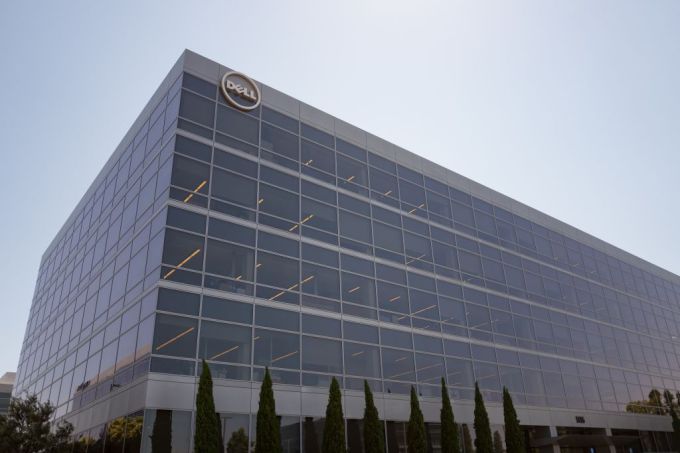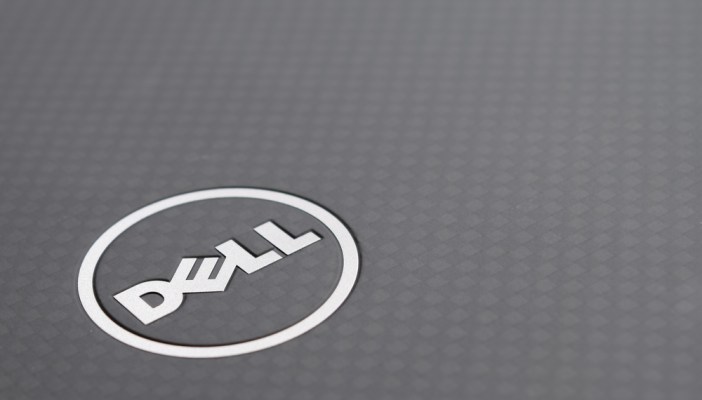Dell’s 2015 decision to buy EMC for $67 billion remains the largest pure tech deal in history, but a transaction of such magnitude created a mountain of debt for the Texas-based company and its primary backer, Silver Lake.
Dell would eventually take on close to $50 billion in debt. Years later, where are they in terms of paying that back, and has the deal paid for itself?
When EMC put itself up for sale, it was under pressure from activist investors Elliott Management to break up the company. In particular, Elliott reportedly wanted the company to sell one of its most valuable parts, VMware, which it believed would help boost EMC’s share price. (Elliott is currently turning the screws on Twitter and SoftBank.)
Whatever the reason, once the company went up for sale, Dell and private equity firm Silver Lake came ‘a callin with an offer EMC CEO Joe Tucci couldn’t refuse. The arrangement represented great returns for his shareholders, and Tucci got to exit on his terms, telling Elliott to take a hike (even if it was Elliott that got the ball rolling in the first place).
Dell eventually took itself public again in late 2018, probably to help raise some of the money it needed to pay off its debts. We are more than three years past the point where the Dell-EMC deal closed, so we decided to take a look back and see if Dell was wise to take on such debt or not.
What it got with EMC
EMC is a consortium of companies; some, like VMware, operate separately with their own board and stock price. They can acquire and sell companies and are essentially separate entities, yet they operate within a shared corporate framework.
The EMC collective included Pivotal, considered a key piece at the time of the sale. It also went public eventually and was acquired by VMware after a disastrous quarter last June. RSA Security, another piece of the EMC puzzle, was considered another key component at the time. It was sold recently for $2 billion to a private equity consortium led by Symphony Technology Group.
Later divestments aside, EMC was a huge entity with lots of pieces, including, of course, its core storage business, which Dell was happy to get. VMware shareholders weren’t thrilled by the deal, but they eventually came around and the agreement closed in 2016.
As we wrote at the time though, it was touch-and-go for awhile:
Dell agreed to pay EMC shareholders $24.05 per share. In addition, it agreed to pay what’s called a tracking stock, an amount that tracks against the share price of VMware. As the stock price dropped, it made the provision less valuable and shareholders increasingly nervous. With the stock price back close to its pre-acquisition announcement level, this should no longer be an issue.
Not everyone was critical, however. Oracle founder and chairman Larry Ellison said he wished he could have bought EMC, but his company was investing in building data centers to move to a cloud model at the time and didn’t have the cash to spare.
All of this came with a price. Most organizations don’t have $67 billion lying around (unless maybe you’re Apple). Dell certainly didn’t, which required it to borrow $48.6 billion, according to the company.
Let’s have a look at the financials and then see how far they’ve come taking down that debt and if the results have justified taking on so much.
The financial impacts
We’ll spare you a deluge of nuance on the history of Dell, Dell Technologies, the VMware tracking stock and why Dell wound up reporting earnings results even before it re-listed as a public company. All that matters for us today is that Dell did share financial results before the EMC deal was completed. So despite Dell not becoming a public company again until 2018, we have all the data we could hope for looking at the company before the deal and after.
This means that we can track how much debt it took on to pay for the transaction and how much its revenue and profit grew afterwards.

Photo: Smith Collection/Gado /Getty
Dell reported quarterly earnings on September 6, 2017. That date, the company noted, was the day before the EMC deal was set to close. So we have results from the company on the cusp of the deal. During the three-month period, Dell reported $13.1 billion in revenue (+1%) and non-GAAP operating income of $752 million (+32%).
In the next quarter, the first partial period with EMC aboard, Dell’s number grew: $16.2 billion in revenue and non-GAAP operating income of $1.975 billion. The next quarter saw even more growth, with Dell reporting (in the fourth quarter of its fiscal year, a three-month period ending February 3, 2017) revenue of $20.1 billion and non-GAAP operating income of $1.843 billion.
In very simple terms, the Dell deal looks smart. Adding EMC not only rapidly expanded its revenue, but Dell posted huge gains to its adjusted operating profit. All good, right? Mostly.
What about debt?

Dell Chairman Michael Dell. Photo: Tom Pennington/Getty Images
Recall that Dell took on lots of debt to finance the deal — debt that cost a lot of money to service and pay down over time. It was so much debt that the firm made lots of noise about how it was responsible, good for it and intended to pay it down quickly.
For example, Dell stressed during the deal’s announcement that itself and EMC had “strong track records of cash flow generation and debt reduction.” Moreso, Dell decided to make promises to its investors, saying that the “combined company will focus on rapidly de-levering in the first 18 to 24 months following the closing of the transaction.” That’s no small promise.
The firm certainly got off to a good start, noting in its first, post-deal earnings report that it had already achieved “$5.8 billion of debt paid down to date following the EMC merger close.”
So how fast did debt come down? Let’s run through the numbers. We’ll look at the combined short-term and long-term debt figure for Dell over the quarters before and after the EMC deal:
- Quarter ending April 29, 2016: $13.1 billion in total debt
- Quarter ending July 29, 2016: $36.3 billion in total debt (final quarter pre-deal)
- Quarter ending October 28, 2016: $55.6 billion in total debt (first post-deal quarter, $5.8 billion paid down against deal)
- Quarter ending February 3, 2017: $49.4 billion in total debt ($7 billion paid down against deal)
Why did Dell’s debt spike ahead of the deal’s completion? It was issuing tens of billions of dollars in bonds to pay for the transaction. What matters, skipping the more granular accounting notes that we could include, is that after the deal it appeared that Dell was paying down debt quickly. Just like it had promised.
Now, three years down the line, what is Dell’s total debt situation? For the fiscal quarter ending February 27, 2020, Dell reported $24.0 billion in revenue and adjusted operating income (sticking to that metric as it was what Dell reported while private and we want an apples::apples comparison) of $2.8 billion.
It also disclosed debt, once again combining short and long-term liabilities, of $52.0 billion.
Surprised by that number? So were we. Dell even noted in that same earnings report that it had “paid down $19.5 billion in gross debt since closing the EMC transaction in September 2016.” We reached out to the company, which pointed us to a recent earnings slide deck that showed how far it had reduced EMC-driven debt, even as some of its other debts had increased.
Summarizing our hunt, then, Dell took on a bunch of debt to buy EMC, juicing its revenue and adjusted operating income. Initially debt fell as Dell made good on its promises to pay down its loans quickly. Dell kept paying off its debts related to the transaction over time, as its revenue and adjusted incomes grew. However, its overall level of debt has creeped back up over time for what appear to be unrelated reasons.
Ahead
Dell has work ahead of it, including lowering its overall debt load and perhaps simplifying its corporate structure. But returning to our opening question, how would we grade Dell’s buy? Our general bias is toward viewing the transaction positively. The quick gains to the company’s scale and (admittedly adjusted profit), not to mention later gains to both, cast a good light on the transaction. We would be more bullish on the combination if Dell owed less today, but its debt load appears manageable. That means Dell got EMC aboard without capsizing, something that at closing was not guaranteed, given the scale of the transaction.
For a complete history of our coverage of this deal, see the Dell-EMC Deal page.
